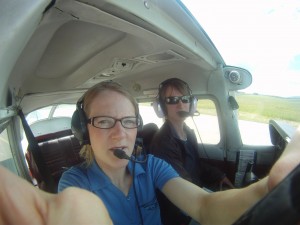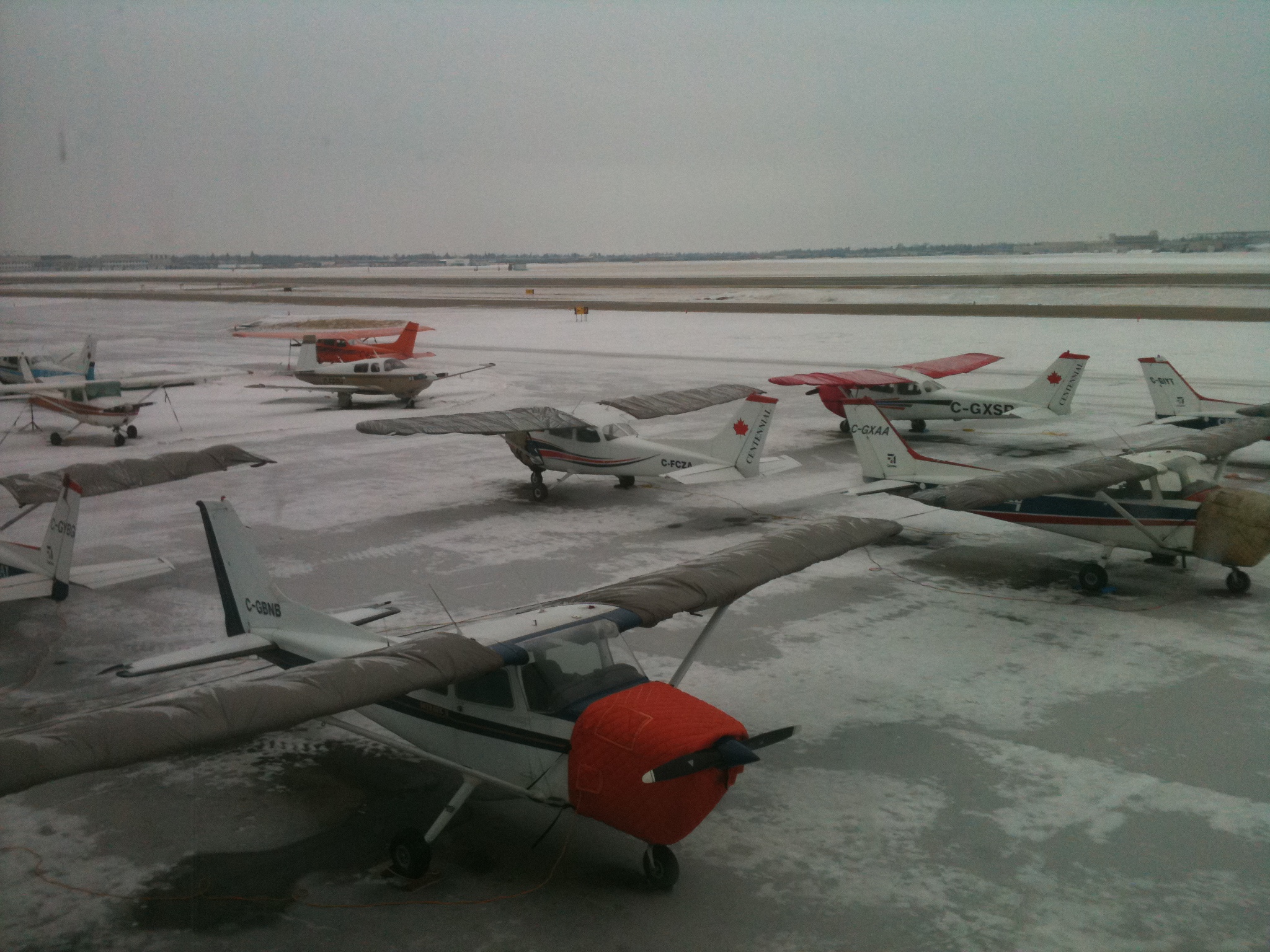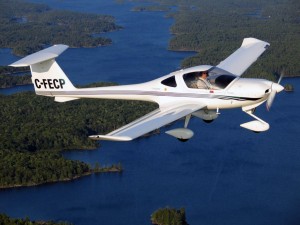
Good flight instructors, bad flight instructors
I really liked watching the show Flying Wild Alaska. It has since been discontinued. It is a bit overly dramatic but the flying footage they have is fantastic. The show is about a family who runs an airline a remote region of Alaska. In the show Ariel Tweto, is featured as she is the only one in the family without a pilot’s license. One of the last episodes I watched follows her working hard to learn how to fly. It made me think of how important it is to have a good flight instructor.
Ariels’ instructor seems to have an unstructured and random approach to instructing and doesn’t appear that he is very patient with her. It may be portrayed this way through the show on purpose to make it dramatic. But …

In the show, she is portrayed as something being wrong with her because she doesn’t get something right away and has to be reminded on each flight. On several counts her instructor makes the statement that “if you don’t get it, then you’re out of here.” Seems harsh.
Learning takes time, a patient instructor is crucial
Learning takes time, and I don’t actually think you’re supposed to “get it” right away. Learning to be a pilot requires hard work, and above all time, studying, and hours, to properly learn everything to be proficient. Even the flight training manual, the structured guide used to train pilots in Canada states that earning your license is really just a “license to learn.” So it is strange when the show portrays shame in learning by showing instructor roll his eyes and getting upset when she doesn’t do something properly. It doesn’t portray the learning process accurately.
On what looks like to be one of Ariels initial flights they demonstrate stalls. This seems very early since at that stage she can’t have much of an appreciation why an aircraft stalls or what the aerodynamic properties of the stall are. The show portrays her as a bad pilot by making it seem like she is inadvertently causing the stall. It takes awhile for the aircraft to stall, and if she is causing it by accident on her first flight, it’s not her fault, but her instructors, who should see it coming.

My first big mistake on one of my initial training flights
On my second flight, my instructor Sarah asked me to pull out the throttle as we were practicing descents. I, still very green, confused, but eager, went for the red knob instead of the black knob – I pulled out the fuel-air mixture knob instead of the throttle, starving the engine of fuel and causing it to die! Sarah immediately pushed it in and the engine restarted instantly. I only knew of what happened after she calmly explained to me what I had just done, not losing her patience or getting angry. She was the instructor and could handle any screw-up that I made. If she had handled that situation differently, I would have been upset, and nervous on subsequent flights. I probably wouldn’t be excited about my next flight.
I am really lucky to have had two really great instructors since I’ve started my license. I did most of my training with Sarah but she is only teaching intermittently now, so I do most of my training with Atanas. I have a lot in common with both of them and enjoy spending time with them, in the airplane but also socially, on the ground. It makes such a big difference to have a good instructor who encourages you to do your best.
A good instructor will make you feel great every time you fly, even if it wasn’t the world’s greatest flight. It’s learning, and you should try hard every time you go and feel good about your efforts. Not every flight is going to be fantastic but on every flight you will learn something. Having that positive encouragement is what makes the difficult process of learning to fly easier to bear.
Yay for flight instructors!
What’s your flight instructor story? Comment below




